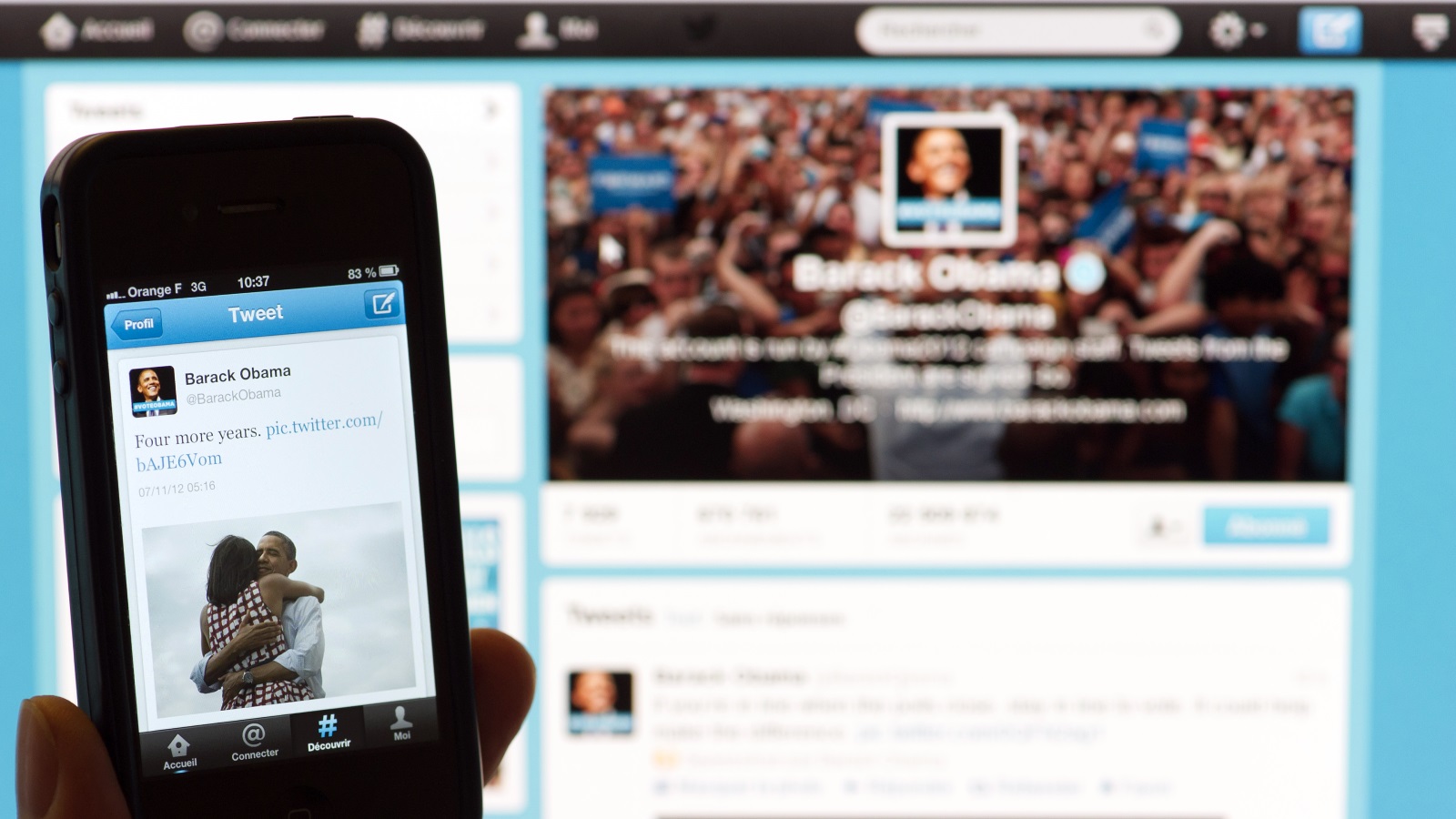 NEWS
NEWS
 NEWS
NEWS
 NEWS
NEWS
Current Nielsen ratings do a poor job of tracking the new landscape of television—sometimes it even gets it entirely wrong, but Nielsen recently conducted a brain study that could take it into the realm of social media data and carry the ratings company into the future.
![]() Television ratings do more than tell networks what shows are popular with viewers. They also determine the shows’ worth in terms of ad revenue, which shapes the entire economy of the TV industry.
Television ratings do more than tell networks what shows are popular with viewers. They also determine the shows’ worth in terms of ad revenue, which shapes the entire economy of the TV industry.
In the past, TV ratings have been determined by a small sample size of viewers provided with set-top boxes by the Nielsen Company. The boxes kept track of what shows were watched, for how long, and by whom. This system was adequate in the days before DVR, hundreds of different TV channels and, more importantly, streaming services like Netflix, Hulu, and Amazon Prime.
Can Nielsen keep up?
Nielsen recently connected over 300 people to brain monitoring devices and showed them several news episodes of current primetime TV shows. Researchers then compared the results to chatter volume data from Twitter.
The researchers found that the viewers who showed the highest engagement in shows that also generated the highest volume of Twitter conversations. According to their findings, the more engaged people were with a show, the more likely they were to talk about it on social media, which gives Nielsen a clear connection between social media data and the success of a TV show.
“You can use the Twitter activity to predict the engagement of the show,” said Avgusta Shestyuk, the director of neuroscience for Nielsen Neuro, which conducted the study. “As the audiences are getting more engaged with the segment, the Twitter activity is getting more intense.”
Not only can the Twitter data show how well currently airing shows are performing, it can also help predict what upcoming TV premiers will be successful based on the volume of conversations leading up to the premier. Combined with tweet location data, social media ratings could also provide valuable information for locally targeted advertisements based on shows that are more popular in certain regions.
Like many traditional media industries, television is being forced to contend with the disruptive force of the internet. With the old Nielsen boxes becoming more obsolete every day, a shift in focus to Big Data and social media could help Nielsen weather the changing times.
Support our mission to keep content open and free by engaging with theCUBE community. Join theCUBE’s Alumni Trust Network, where technology leaders connect, share intelligence and create opportunities.
Founded by tech visionaries John Furrier and Dave Vellante, SiliconANGLE Media has built a dynamic ecosystem of industry-leading digital media brands that reach 15+ million elite tech professionals. Our new proprietary theCUBE AI Video Cloud is breaking ground in audience interaction, leveraging theCUBEai.com neural network to help technology companies make data-driven decisions and stay at the forefront of industry conversations.